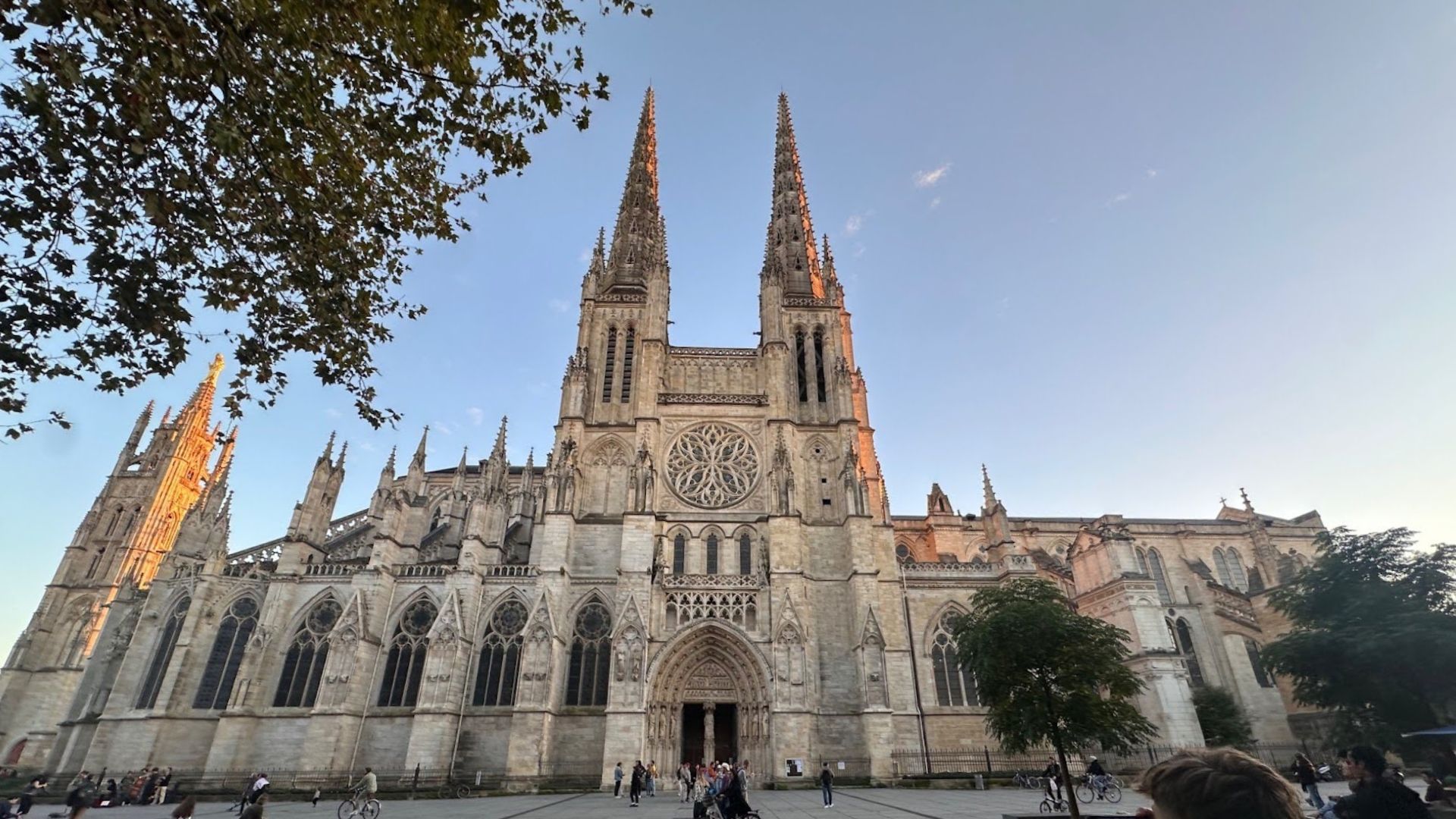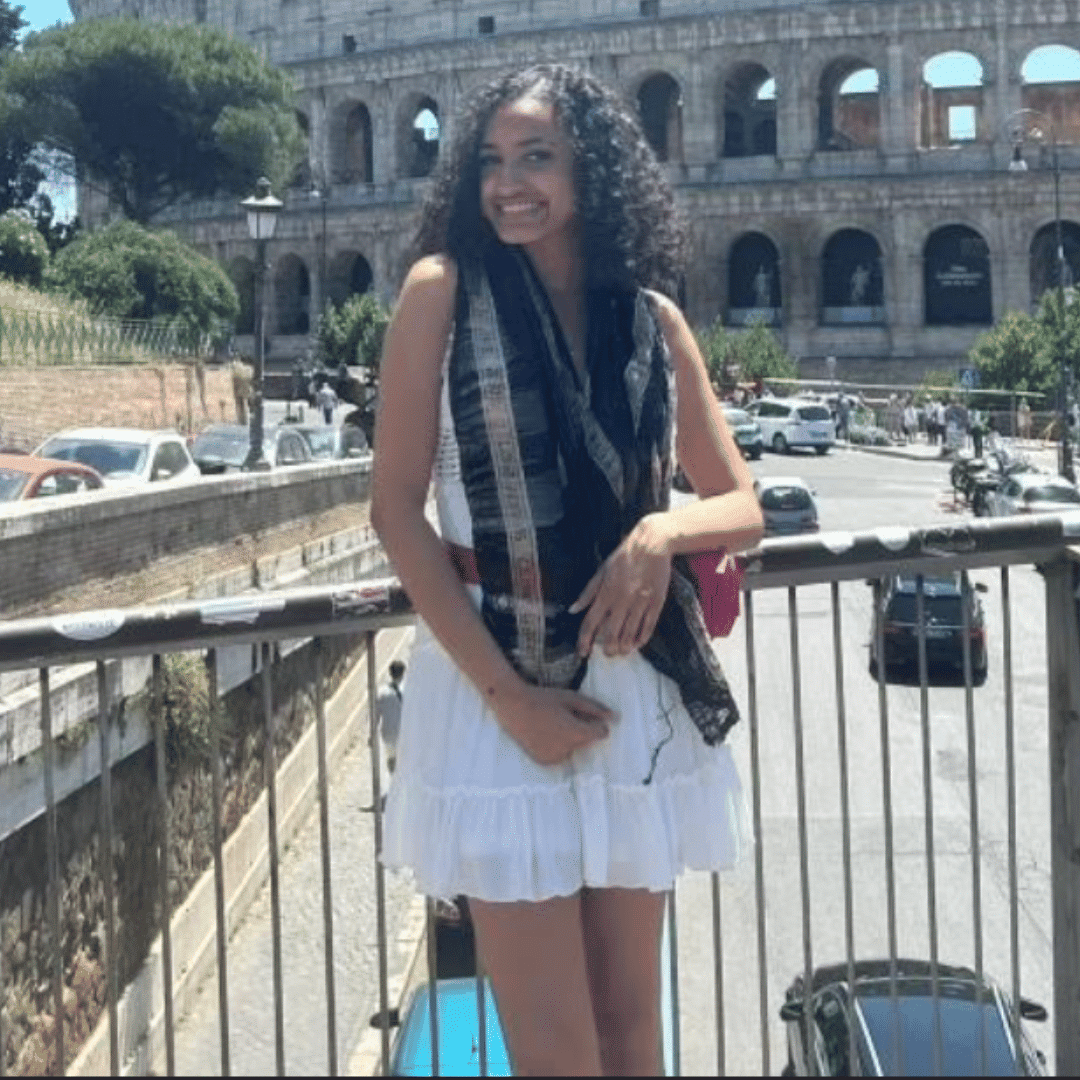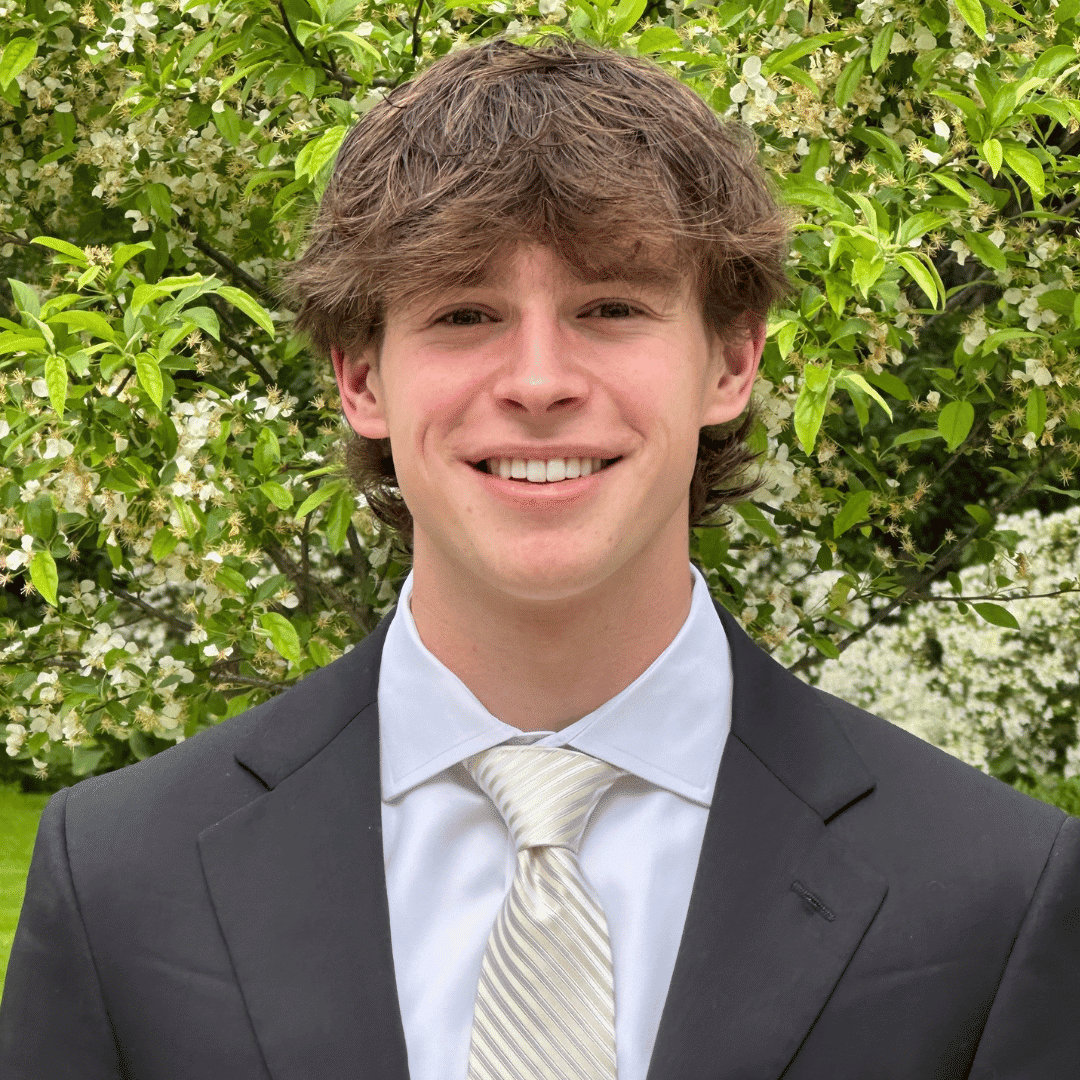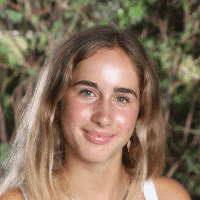A trip to Bordeaux, France opened the eyes of three U.S. teens in ways they hadn’t expected.

The Cathédrale Saint-André de Bordeaux, Bordeaux, France. (Photo by Christopher “Breck” DuPaul)
This article was produced out of News Decoder’s school partnership program. Learn more about how News Decoder can work with your school.
Often the world seems to be so homogenized. You find the same stores and chain restaurants in New York, Paris, Salzburg, Dubai and Hong Kong. But take three teens from three different cities in the United States and bring them to Europe for the first time, and it’s the contrasts they notice.
Christopher “Breck” DuPaul, Shaila Diaz and Sophie Kapshtica are spending this year in Rennes, France as part of a program run by School Year Abroad, a News Decoder partner school.
As part of the program, they took a trip to Bordeaux, a city in the southwest of France, famed for its wine. DuPaul, whose home is in Cleveland in the U.S. state of Ohio, noted that just being able to take the time to travel to Bordeaux itself was a contrast to the educational systems of the two countries.
“The French school calendar is a little different!” DuPaul wrote in an essay the students were asked to do to reflect on their experience. “We have two weeks of break every six weeks of classes, but our school days are longer. As a result, during these breaks we get to explore France and its seemingly endless history.”
He wrote how this immersion in a history far older than that of the United States made him jealous.
The past in our present
This revelation hit him during a visit to a tomb buried 10 feet underground that was a section of a Roman burial site so big, archeologists didn’t know where it ended. DuPaul writes:
“It wasn’t cramped, but it wasn’t particularly spacious, and I was surrounded by sarcophaguses,” DuPaul wrote. “So far they had found 425 tombs each with 275 sarcophaguses.
“But a question lingered in my mind, if this site was built underground, why can’t we find the end?
“The answer I got was that it wasn’t built underground. This site used to be above ground. In fact, it even used to have doors.
“But overtime, as the first century turned into the second, fifth and sixth, buildings were demolished and their ruins were used as foundations for new buildings. Consequently, over the next 1,900 years, the city slowly sank into the ground.
“So as I stood there in the damp underground tomb, sharing the room with stone coffins six times older than the United States, I realized there is a city here, buried beneath the ground — one with a history so old and so rich, it’s impossible to ignore.”
What hit Sophie Kapshtica, whose home is in Washington, D.C., was how Bordeaux had managed to confront and reclaim history that many would like to forget.
Kapshtica wrote about a visit to an immersive exhibit celebrating the art of Vincent van Gogh and other Dutch painters. It took place at the Bassin des Lumières art center.
“When I first entered the exposition, I had no idea what to expect,” she wrote.

A sarcophagus from the first century in a tomb in Bordeaux, France. (Photo by Breck DuPaul)
“I certainly did not expect to be surrounded by pitch black, until I continued forward and heard the soft murmurs of music that led me to the large open space with projections of works of art. For a few moments, as I was surrounded by darkness, I was confused and did not know what to expect.”
Soon, though, she focused on the beauty of the art around her. But just as enlightening was the site itself.
“The location where the Bassin des Lumières is today used to be where the Nazis held submarines in World War II, during the French occupation,” she wrote. “I remarked what a creative and resourceful idea it was to change the old Nazi submarine base, a dark and threatening location, into one where people can enjoy art and music. I realized the extent and power of art and change at the Bassin des Lumières.”
Tranquility in uniformity
For Shaila Diaz, whose home is in Yonkers in the state of New York, the Centre-Ville or city center of Bordeaux stood out. “[It] was unlike any other city I’ve seen before,” she wrote. “Growing up accustomed to seeing cities with huge skyscrapers and modern, cubic architecture, the architecture of the Centre-Ville was a complete culture shock.
“I loved the inherent somberness and dullness of this city: its beige and lifeless blue, and the clouded sky raining above it. And while these descriptors may make the city seem scary or boring, it was in its muted colors that the city was able to bring about a feeling of tranquility and uniform.
“As I walked through the city I wasn’t overwhelmed by bright colors, and mind-boggling building structures like I am in New York City, instead, I was amazed by the calming and stoic nature of the buildings.
“Getting closer to the buildings, I was able to see its complex designs and history like the sculptures of various heads symbolizing important values like justice and peace, the textured bricks worn down by the years of tourists grazing their fingers or the railings with intricate spiral designs.”
Appreciating history wherever you are
The contrast between the buildings that were so familiar to him back home and the ones he stared at in Bordeaux also affected DuPaul.
“I walked past churches from the ninth century with 100-meter towers and intricate carvings or sculptures,” DuPaul wrote. “At Cathédrale Saint-André, flying buttresses stretched out of view and I sat there and thought, ‘How in the world did they build this?’
“As an American, I’ll be the first to admit I never walked past a building in the U.S. and thought ‘How did we build this?’” he reflected. “Maybe it’s because we have a tendency to always look forward, build the future and not to look back at our history or discover our roots.
“Or maybe it’s because we don’t have the length or depth of history in the U.S. Either way, what I’ve learned while being here is that it’s harder to ignore history in Europe because you’re surrounded by it.”
Living in France made DuPaul realize that in the U.S. people don’t often engage with and learn from history.
“Buildings in Cleveland reach high into the sky and their glass exteriors reflect the morning light, but they don’t speak and exude the character that thousand-year-old churches do,” he wrote. “Houses in my neighborhood are beautiful, but they look like houses out of the Sims. They lack architectural character.”
But ultimately, his newfound appreciation for the history and beauty he sees in France made him appreciate home in a different way.
“The character of American families isn’t expressed with extravagant buildings and gothic era architecture,” he wrote. “It’s in the drawings on the fridge and in towering American oak trees. It’s in the stained driveways from old chalk that never quite washed out and dents in walls from indoor sport games.
“American history is new and hidden, but that doesn’t mean it doesn’t exist.
“Don’t get me wrong. I’m a bit envious of the beautiful cathedrals, ancient ramparts and historic markets here. But when I return to the States, I’ll have a new mission: to seek out and appreciate the history within my own communities.
“History shapes our choices and understanding it deeply — not just from textbooks but through the places and people around us — is imperative to being an educated, empathetic global citizen.”
Questions to consider:
- In what way did Bordeaux differ from the home cities of the students who visited it?
- How can a city confront a past it regrets without negating it?
- What is the oldest building or site in your town and what does its history tell you about your area?

Shaila Diaz is in her fourth year of high school studying at School Year Abroad France and is from Yonkers, New York in the United States. Back home she is a Campus Reporter, a volunteer at the Franco-American Institute and involved in her school’s spirit committee. Diaz plans to major in International Relations at the university level, and hopes to have a career in diplomacy or international law.

Christopher “Breck” DuPaul is his last year of high school at Hawken School in Cleveland, Ohio in the United States. He is currently attending School Year Abroad in Rennes, France. He loves everything politics — especially international relations and problem solving with other people. In his free time, Breck enjoys going on walks with his French host family (and the dog), as well as spending time with friends exploring the city.

Sophie Kapshtica is from Washington, D.C. She is in her third year of high school studying at School Year Abroad France in Rennes. In the United States she attends National Cathedral School. She loves to travel, and has been to 9% of the world’s countries.

In what way did Bordeaux differ from the home cities of the students who visited it?
It has historial and old buildings.
How can a city confront a past it regrets without negating it?
With art, like the exhibition from Vanhog that was built on the site where the Nazis held its ships.
What is the oldest building or site in your town and what does its history tell you about your area?
The oldest building I think is the plaza de la bandera. And this tell me that we are pride of our ancestor who fought for our Liberty.